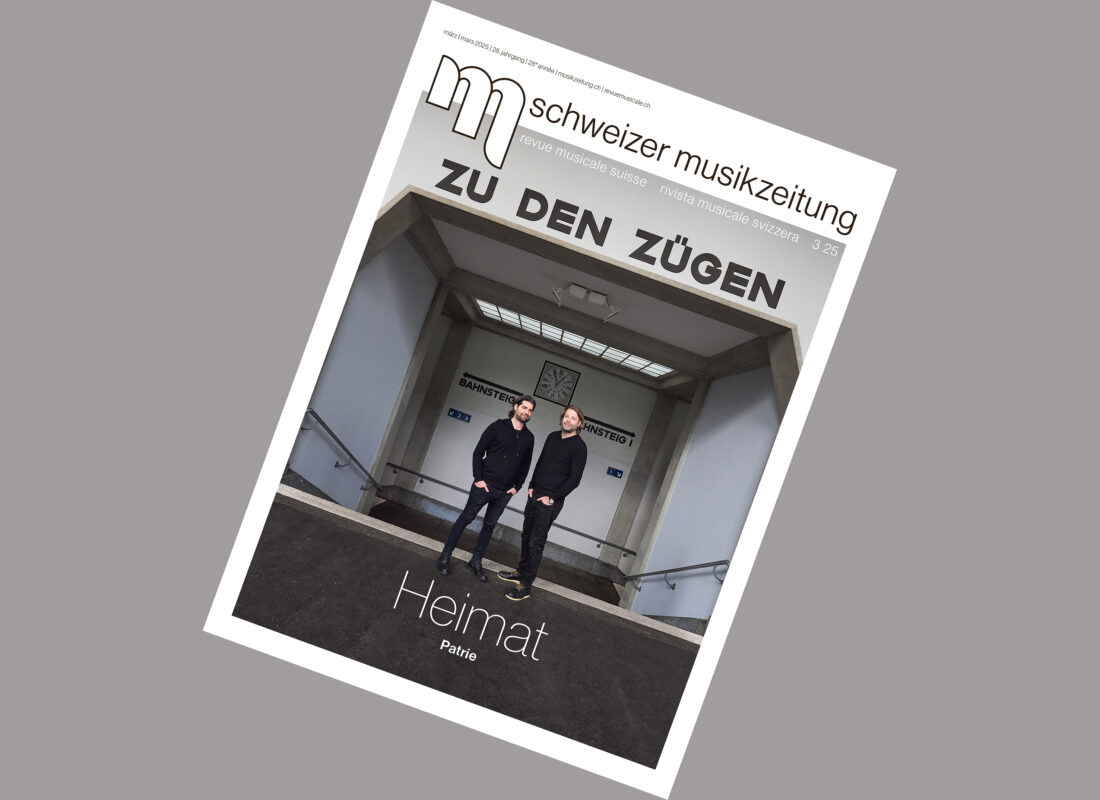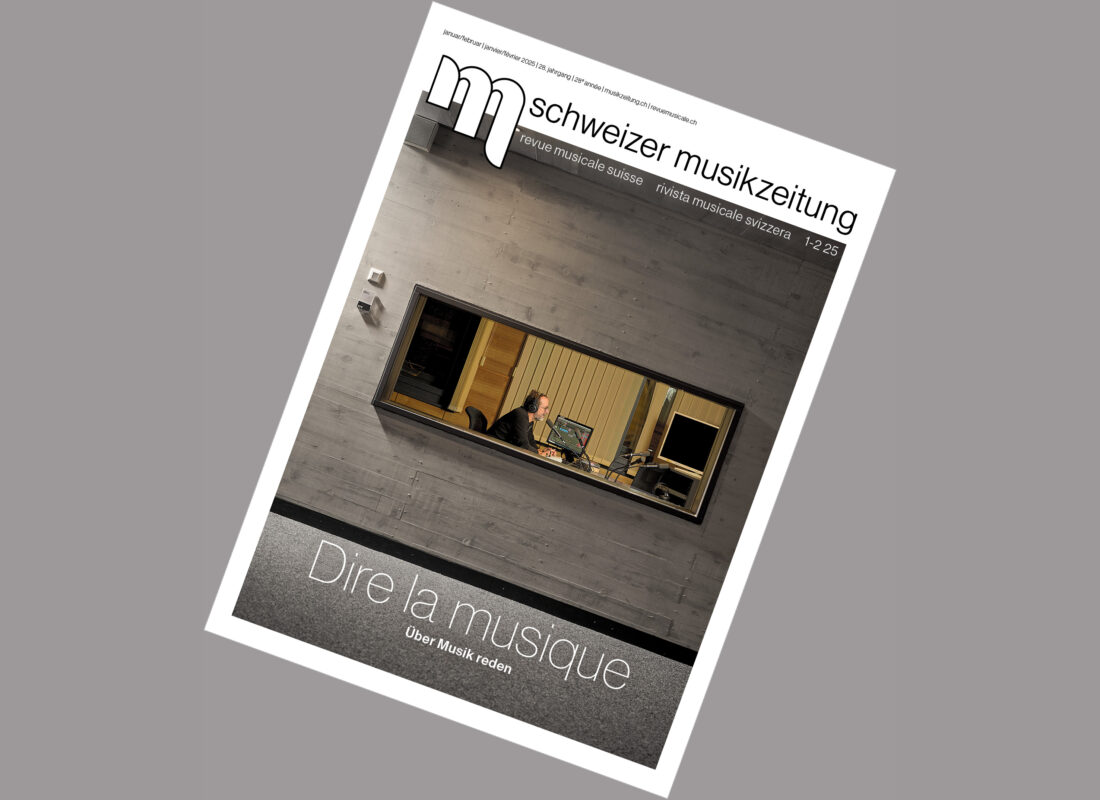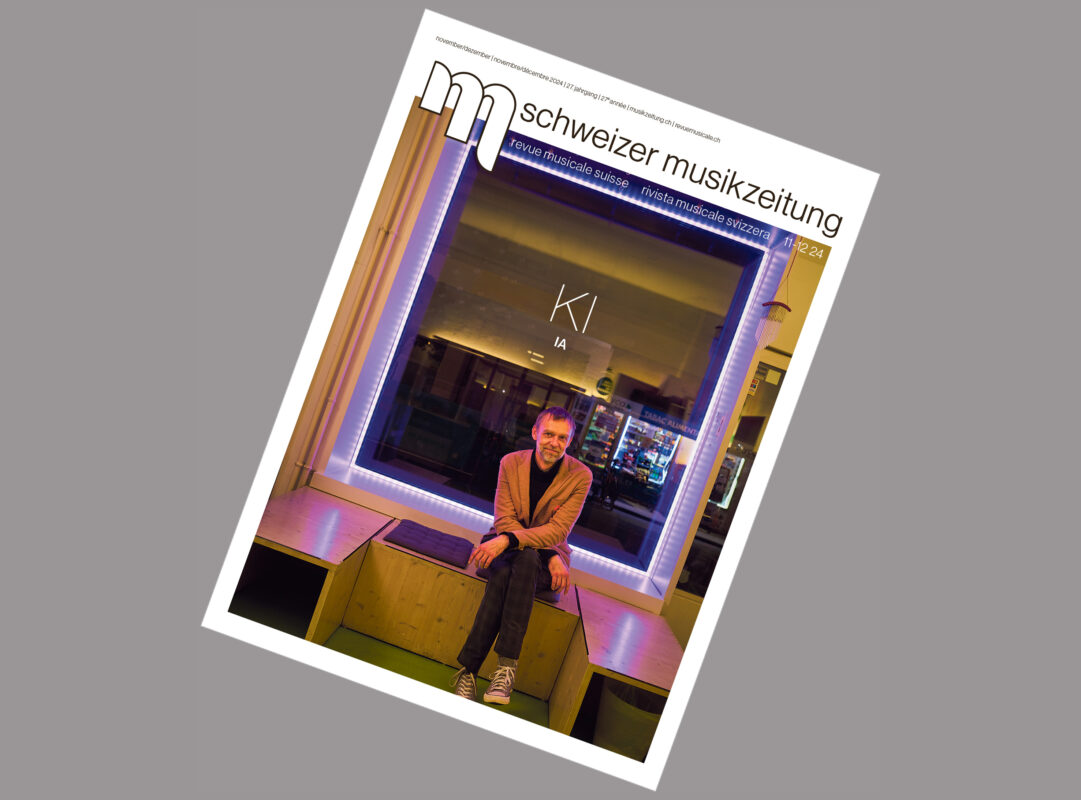Silent night
As paradoxical as it may sound, the famous Christmas carol expresses silence with the help of music. With Penderecki it beckons as a memory, with Schnittke it becomes a new present.
As paradoxical as it may sound, the famous Christmas carol expresses silence with the help of music. With Penderecki it beckons as a memory, with Schnittke it becomes a new present.
If you look up the word "silence" in the Duden dictionary, you will be surprised: "A state that is not disturbed by any noisy, unpleasant sound", it says. Contrary to all assumptions, silence includes "sounds", but only pleasant, non-noisy sounds.
Nowadays, it seems paradoxical that the winter months, and Advent in particular, are considered the "quiet season" - after all, they are dominated by noisy Christmas carols on a continuous loop, loudspeaker announcements about one-off Christmas bargains and whining children. All in all, not at all pleasant noises. And escaping them turns out to be more of a challenge than you might think. Even when nature resorts to its last resort and tries to "calm" the world with sound-absorbing snow, a pop version of the Christmas classic can still be heard omnipresent and, ironically, quietly from some corner Silent night.
This song, written down in 1818 by the Austrian Franz Xaver Gruber, deals with expressing silence in the form of sounds. The "silent night", in the Christian context the night of the birth of Christ, can be seen as the epitome of the "silent song", a musical state of melodious sounds.
He chooses the form of the siciliana, a type of movement characterized by a striking dotted rhythm, which nonetheless evokes the memory of a pastoral lullaby. This rhythm and the undulating, oscillating melody lend the song an almost static, resting character, which is reinforced by the predetermined piano, which fades away to almost nothing. One can almost imagine that the shoots of "silent night" is like a mother's soothing whisper to her child. The Duden's definition of silence seems to apply perfectly here - the cozy night is disturbed neither by a noisy nor by an unpleasant sound.
The fascination that this song exerts on the world is reflected in its unparalleled reception. Just ten years after its composition, it was performed throughout Europe and the USA, and today it exists in countless languages. It is available in over a hundred versions, from Heintje and Heino to Elvis Presley and the Tiroler Herzensbrechern. It is hardly surprising that such a popular song has also found its way into art music. Its subject matter, silence, the confrontation with "non-sound", has always preoccupied art music. In New Music, it became a theme, especially in the 1950s with John Cage. His staging of silence is regarded as the starting point for a number of compositions that thematize silence. The search was on for sounds that bordered on the audible. This period gave rise to particularly quiet works, interspersed with pauses and dynamic extremes, which morendo come out of nowhere and go into nowhere.
Slightly later than Cage, Krzysztof Penderecki also sets out to create his Dimensions of time and silence (1959/1960) dealt intensively with the phenomenon. But the idea of addressing the topic with the song Silent night, holy night It was not until almost twenty years later that he came up with the idea of linking the two. He alludes to this in his 2nd Symphony and gives it the subtitle Christmas Symphony. In this way, he draws the listener's attention to the song, which almost "rings in" in the work itself. The composition, which was premiered in 1980 under its dedicatee Zubin Mehta, is based on a simple sonata movement. In this structure, three signal-like Silent night, holy night The first two times are also clearly marked "quasi da lontano". However, Penderecki does not quote the Christmas carol in its entirety. Only the first bar, quasi the first "Silent Night", is heard. The quotation is therefore more like a reminiscence which, due to its brevity and sounding from a distance in pianissimo - almost emblematically - evokes Christmas associations. For him, the silence seems to express itself in the fleeting memory that recalls a lost past through the quotation alone.
Alfred Schnittke's treatment of the Christmas carol two years earlier was quite different. His Silent Night for violin and piano, premiered in 1978, is, in contrast to Penderecki's 2nd Symphony, an arrangement, not an allusion. He quotes the song in its entirety, but gradually alienates it. At the beginning, the violin plays soloistically in double stops against a seemingly clear G major melody. But this is soon disturbed by dissonances, by disturbing second sounds and later by tritones from the piano. The contrast to the original becomes ever clearer. In the last verse, the melody gradually dissolves through harmonics and octave displacements in the violin and fades away in a "ritenuto molto", in silence. Schnittke's arrangement therefore does not end in the return of the familiar, it is not a nostalgic reassurance as in Penderecki's work. With him, the supposedly familiar becomes a new present step by step through its alienation, but it is lost in the silence. At the end, Schnittke leads his Christmas carol back to "a [pleasant] state undisturbed by any noisy, unpleasant sound".








